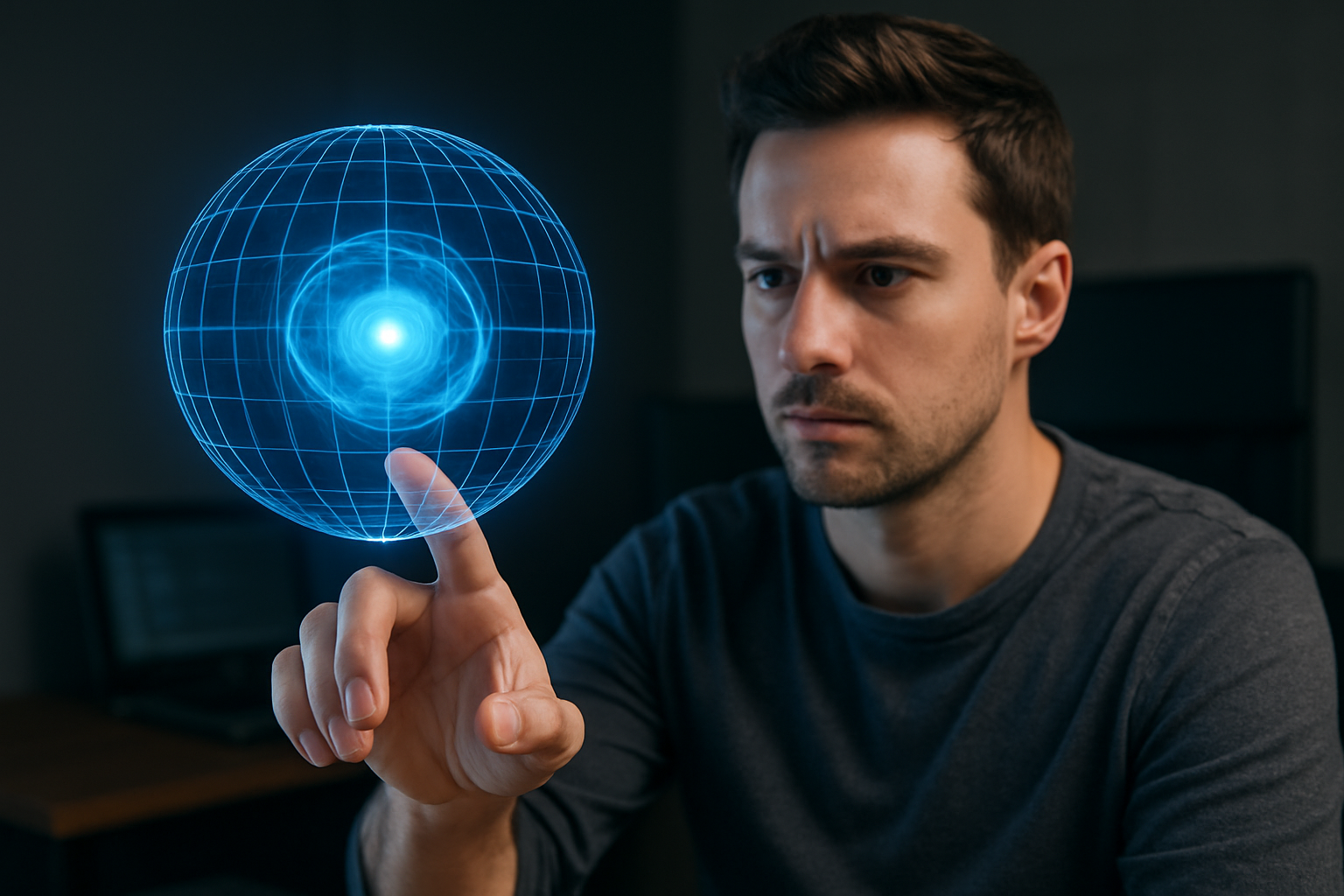Holographic Touch: The Next Frontier in User Interfaces
In a world where touchscreens have become ubiquitous, a groundbreaking technology is set to redefine our interaction with digital devices. Holographic touch interfaces, once confined to the realm of science fiction, are now emerging as a tangible reality. This cutting-edge innovation promises to revolutionize how we engage with our gadgets, offering a more intuitive and immersive user experience that could make traditional touchscreens obsolete.

The Genesis of Holographic Touch
The concept of holographic interfaces has been around for decades, popularized by science fiction movies and TV shows. However, the practical implementation of this technology has been a significant challenge. Early attempts at creating holographic displays were limited by factors such as image quality, responsiveness, and the need for specialized viewing conditions.
The breakthrough came with the convergence of several key technologies: advanced projection systems, precise motion tracking, and sophisticated algorithms for interpreting user gestures. These elements combined to create a system that could project a visible, interactive hologram and accurately detect user interactions with it.
How Holographic Touch Works
At its core, holographic touch technology relies on a combination of projection and motion sensing. A high-resolution projector creates a floating image in mid-air, while an array of infrared cameras and sensors track the user’s hand movements with millimeter precision.
The system uses complex algorithms to interpret these movements as commands, allowing users to interact with the holographic interface as if it were a physical object. The result is a seamless, tactile-like experience without the need for any wearable devices or special gloves.
Applications Across Industries
The potential applications for holographic touch interfaces are vast and varied. In the medical field, surgeons could manipulate 3D models of patient anatomy during pre-operative planning, allowing for more precise and less invasive procedures. Architects and designers could create and modify 3D models in real-time, offering clients an immersive preview of their projects.
In the realm of consumer electronics, holographic touch could transform how we interact with our devices. Imagine scrolling through your phone’s menu by swiping through the air, or typing on a holographic keyboard that appears whenever you need it. The technology could even revolutionize gaming, allowing players to interact directly with virtual objects and environments.
Current Limitations and Challenges
Despite its potential, holographic touch technology still faces several hurdles before widespread adoption. One of the primary challenges is achieving sufficient resolution and brightness for the projected images to be clearly visible in various lighting conditions. Current prototypes often require controlled environments to function optimally.
Another significant challenge is haptic feedback. While users can see and interact with the holographic interface, they don’t receive the tactile sensation of touching a physical object. Researchers are exploring various solutions, including the use of ultrasound waves to create the sensation of touch in mid-air.
The Road to Commercialization
Several tech companies and startups are racing to bring holographic touch interfaces to market. While specific price points are yet to be determined, industry analysts estimate that early consumer devices incorporating this technology could range from $1,000 to $5,000, depending on their capabilities and target market.
The impact on the tech industry could be substantial. If holographic touch gains traction, it could disrupt the touchscreen market, currently valued at over $70 billion globally. It could also create new opportunities in software development, as developers rush to create applications tailored to this new interaction paradigm.
The Future of User Interfaces
As holographic touch technology continues to evolve, we can expect to see increasingly sophisticated and versatile applications. Future iterations may incorporate additional sensory feedback, such as temperature or texture simulation, further blurring the line between digital and physical interactions.
The long-term implications of this technology are profound. It could lead to a fundamental shift in how we design and interact with digital devices, potentially making traditional screens and input methods obsolete. As our world becomes increasingly digital, holographic touch interfaces may become the primary way we interact with information and digital content.
In conclusion, holographic touch represents a significant leap forward in user interface design. While challenges remain, the potential benefits are enormous. As this technology matures, it promises to transform our relationship with digital devices, offering a more intuitive, immersive, and natural way to interact with the digital world. The future of user interfaces is here, and it’s hovering right before our eyes.





